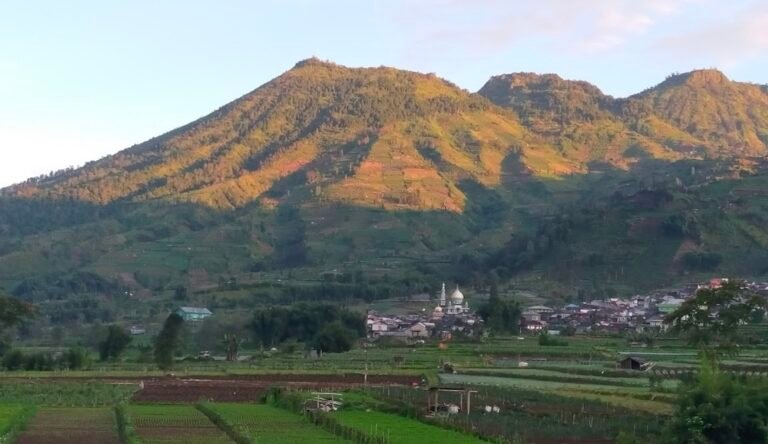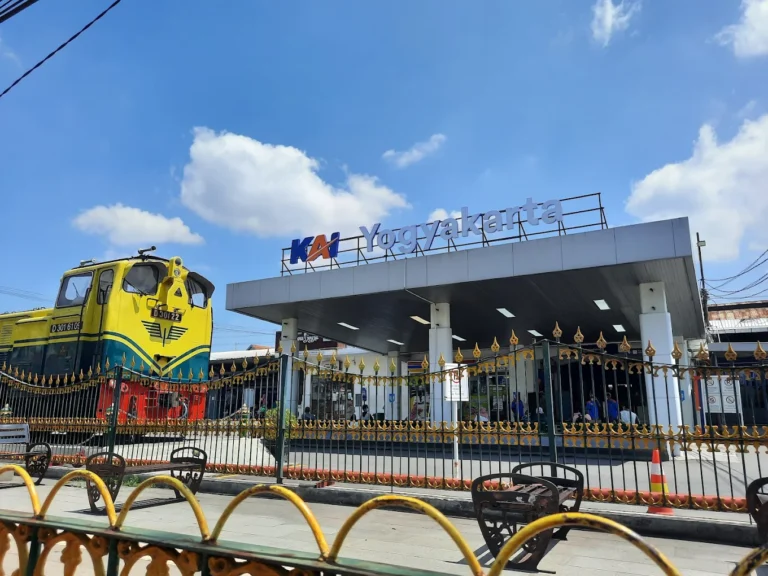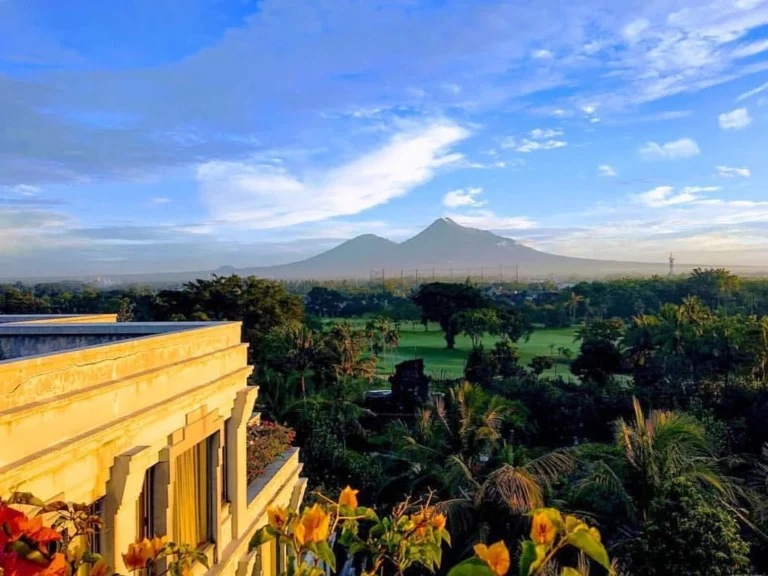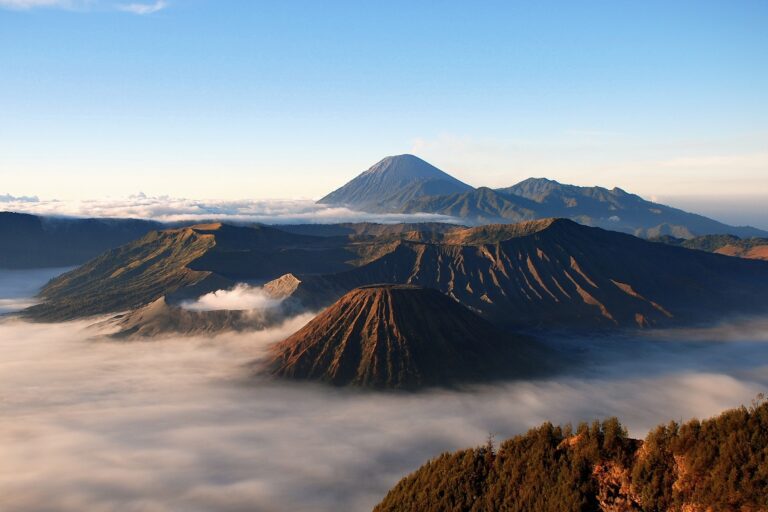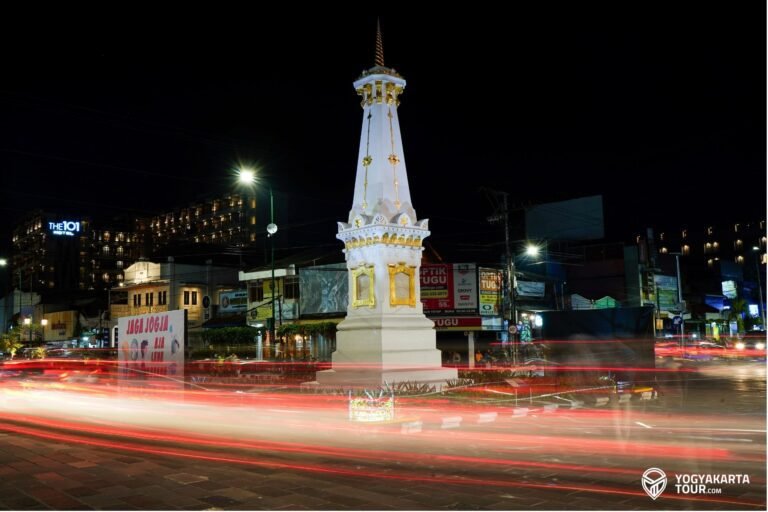When people think about Yogyakarta, or “Jogja” as locals lovingly call it, images of ancient temples, batik markets, and lively streets often come to mind. But beyond its reputation as a cultural hub of Java, Yogyakarta is also one of the most photogenic cities in Indonesia. Whether you’re a professional photographer, a casual traveler with a smartphone, or a content creator chasing the next Instagram shot, this city has countless backdrops that will make your feed glow.
In this guide, we’ll explore Yogyakarta’s most photogenic locations, from iconic UNESCO sites to hidden gems where natural light, history, and culture combine into pure visual poetry.
1. Borobudur Temple: Sunrise Beyond Imagination
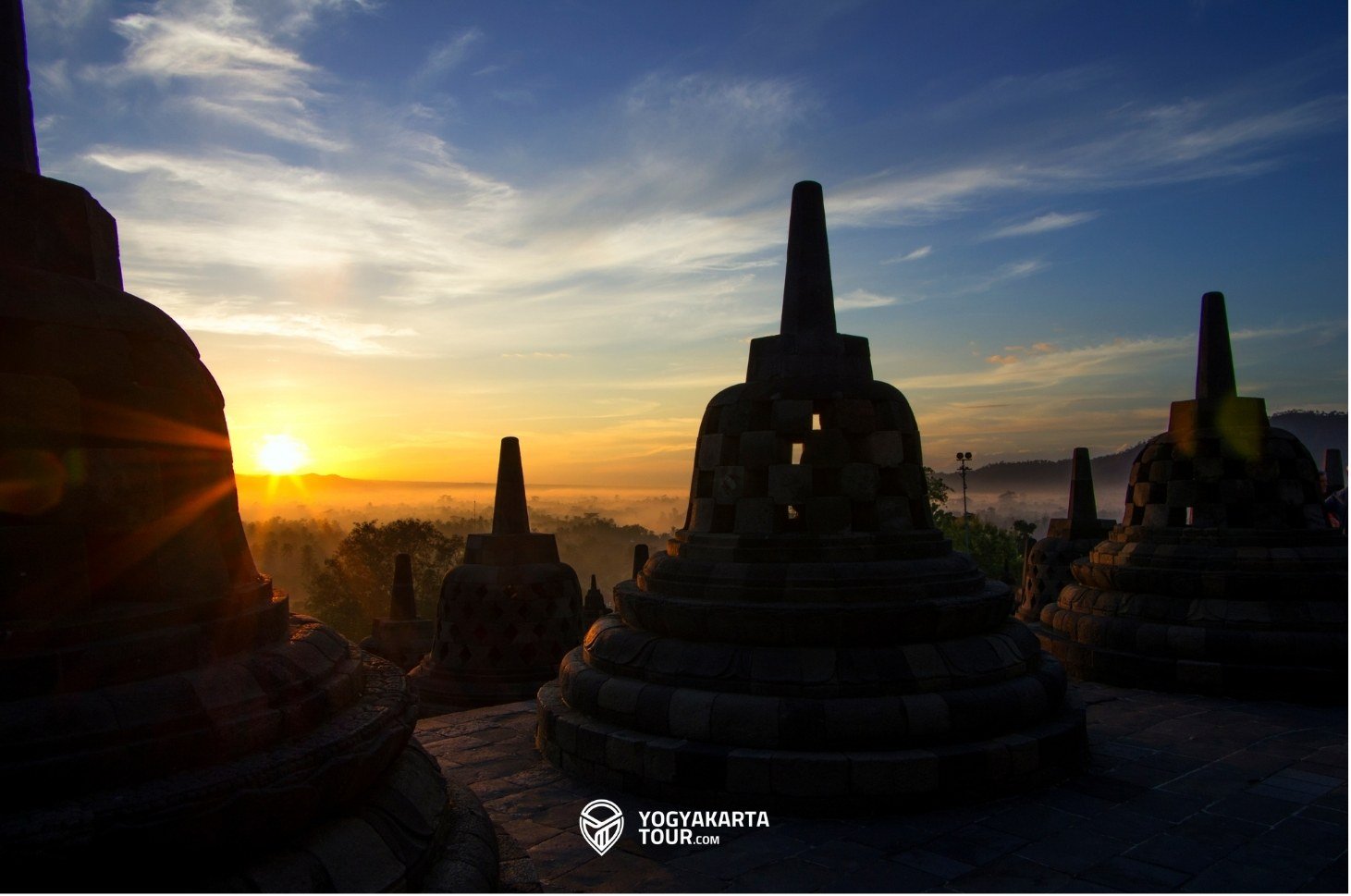
If there’s one place in Yogyakarta that should be on every traveler’s photography bucket list, it’s Borobudur Temple. Just 40 minutes from the city, this ninth-century Buddhist monument is the world’s largest of its kind. Imagine climbing the stone steps before dawn, the air still cool, as you wait for the first rays of sunlight to illuminate the bell-shaped stupas.
The view is nothing short of magical. Morning mist floats over surrounding volcanoes, while the intricate carvings of the temple glow in soft golden light. For photographers, sunrise at borobudur here means a perfect balance of dramatic landscapes and architectural detail. The atmosphere itself feels timeless, and every click of the shutter captures a piece of serenity.
Photography tip: Bring a wide-angle lens for the sweeping view and a zoom lens for capturing the fine stone reliefs. The early morning also helps avoid crowds, giving your shots a clean, uncluttered look.
2. Prambanan Temple: A Symphony of Shadows
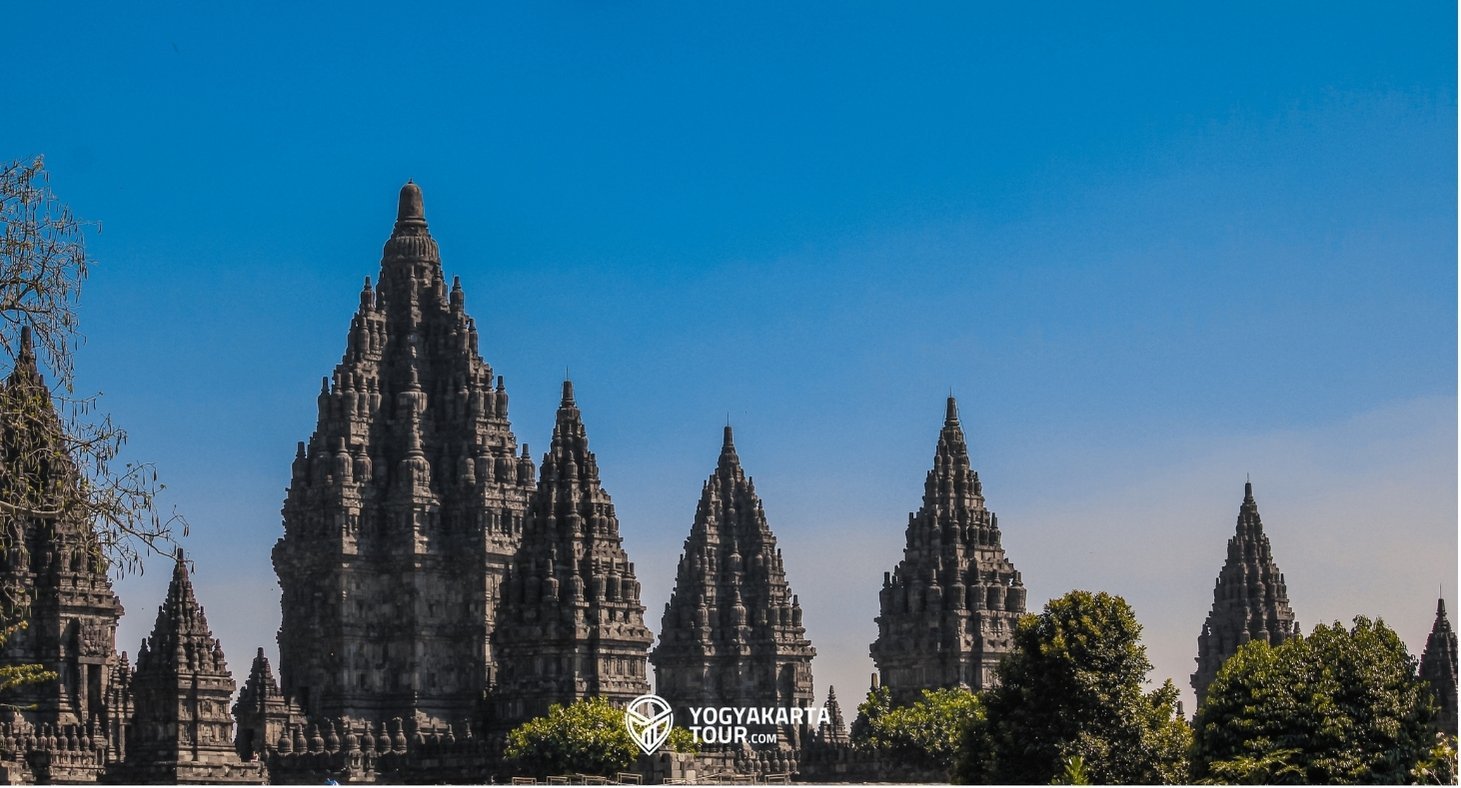
Where Borobudur embodies Buddhism, Prambanan Temple stands as the greatest Hindu complex in Indonesia. Its towering spires resemble stone castles piercing the sky, especially photogenic during sunset when long shadows stretch across the lawns.
The temple’s detailed bas-reliefs tell stories from the Ramayana, and at night, the site sometimes hosts a Ramayana Ballet performance with the temples dramatically lit in the background. For night photography, this combination of culture and architecture is unmatched.
Photography tip: Sunset is ideal, but the golden hour right before dusk adds an orange glow to the temples. If possible, frame your photos with a bit of greenery to contrast with the gray stone.
3. Malioboro Street: Urban Energy in Every Frame
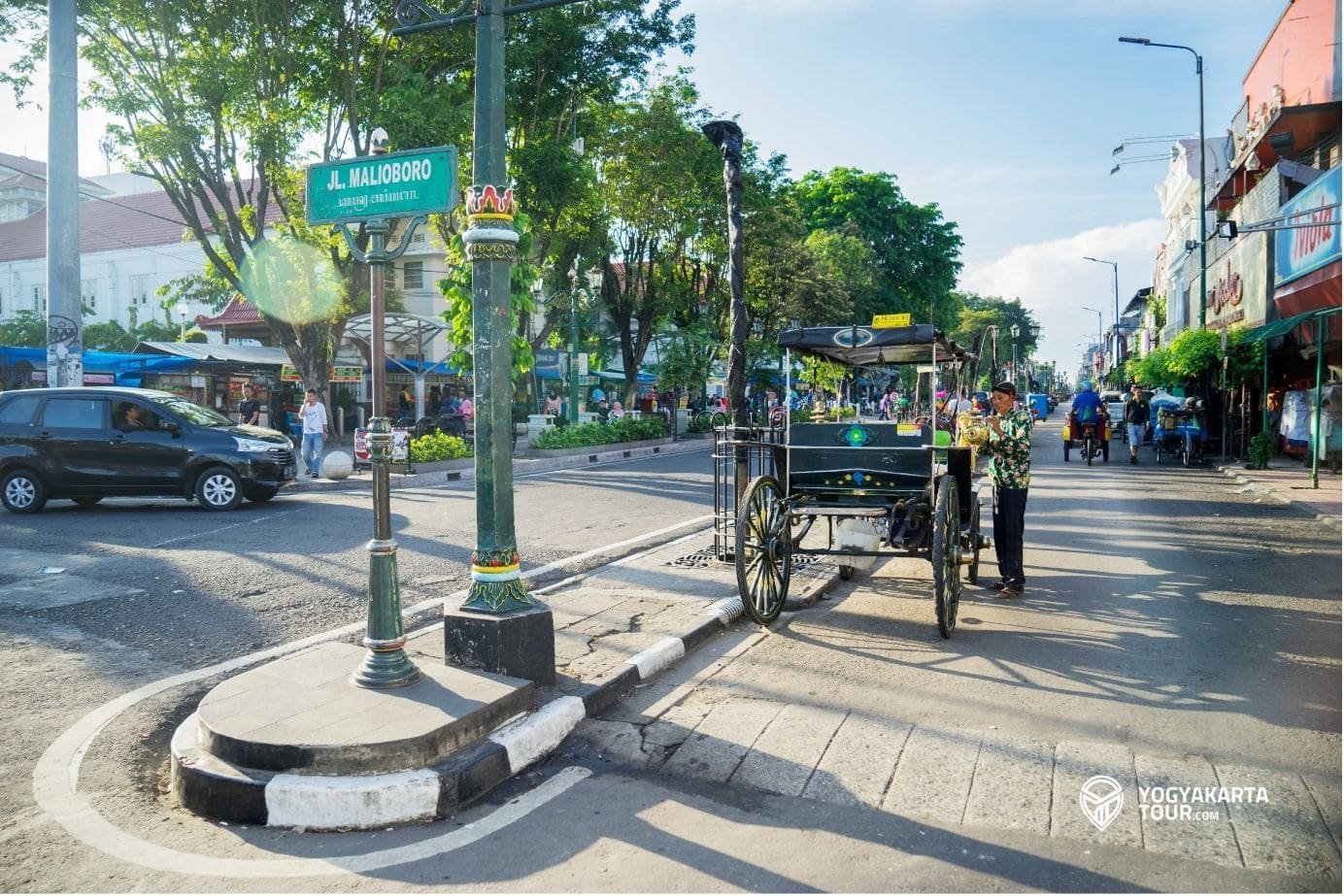
No trip to Yogyakarta is complete without a stroll down Malioboro Street, the heart of the city. Neon signs, horse-drawn carriages, food stalls, and batik shops create a dynamic mix of colors and motion. It’s chaotic, yes, but in a beautiful way.
This is the place to capture the human side of Yogyakarta. Street musicians, vendors selling gudeg (Jogja’s signature dish), and late-night shoppers all contribute to the lively atmosphere. For candid portraits and street photography, Malioboro offers endless opportunities.
Photography tip: Visit in the evening when the street lights and signs add character. Use a fast lens for low-light conditions to freeze action without losing the ambient mood.
4. Taman Sari Water Castle: Echoes of a Royal Past

Hidden within the narrow alleys of the Kraton district, Taman Sari Water Castle is a dream for photographers who love symmetry, texture, and history. Once a royal garden and bathing complex for the Sultan, the site now stands as a beautifully decayed labyrinth of pools, gates, and underground passages.
The play of light and shadow through arched doorways makes for dramatic compositions. The famous stairwell with four staircases meeting at a central point is particularly iconic—an Instagram favorite that looks almost surreal in photos.
Photography tip: Morning light enhances the soft pastel colors of the walls. Arrive early to avoid the rush of visitors.
5. Mount Merapi: Drama in the Clouds

For something raw and natural, head north to Mount Merapi, Indonesia’s most active volcano. The landscape here is rugged, shaped by eruptions, yet strikingly beautiful. Whether you capture the volcano itself shrouded in clouds or the vast lava fields below, Merapi offers scenes filled with drama and power.
Adventurous travelers often join Jeep tours across the hardened lava terrain, where photo opportunities include old houses buried by ash and panoramic views of the mountain. During clear nights, the starry sky above Merapi creates breathtaking astrophotography moments.
Photography tip: Early morning gives you the best chance to see the peak unobstructed. If attempting night shots, carry a tripod and wide-aperture lens.
6. Parangtritis Beach: Sunset and Sand Dunes

Yogyakarta isn’t only about temples and mountains—its southern coastline is a world of its own. Parangtritis Beach is the most famous, known for its dramatic sunsets and mystical reputation in Javanese folklore. The golden sands and powerful waves make for moody seascapes, while the nearby Parangkusumo Sand Dunes offer a completely different vibe.
Sandboarding here gives photographers a chance to capture action shots against a backdrop that looks more like the Sahara than Indonesia. It’s a refreshing contrast to the lush greenery elsewhere in Yogyakarta.
Photography tip: Play with silhouettes during sunset. For the dunes, midday sun highlights textures and patterns in the sand.
7. Ratu Boko Palace: Sunset Among the Ruins
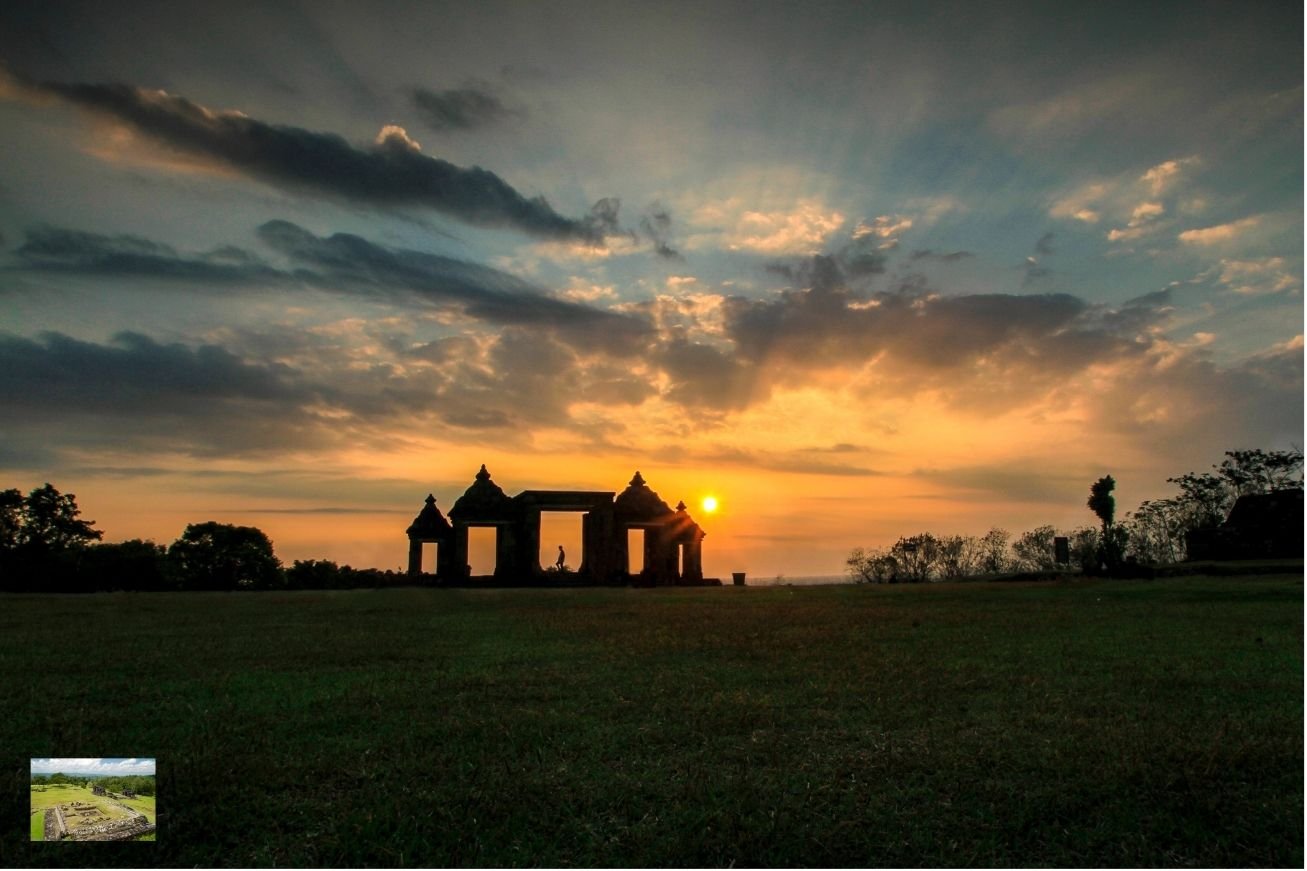
If Borobudur and Prambanan are about grandeur, Ratu Boko Palace is about atmosphere. Perched on a plateau southeast of Yogyakarta, this archaeological site offers sweeping views of the Prambanan plain below and Mount Merapi on the horizon. The palace itself is a mix of gateways, ancient stone foundations, and bathing pools that hint at its royal past.
But what truly makes Ratu Boko photogenic is the sunset view through its iconic gates. As the sun sinks behind the horizon, the stone frames glow with warm light, creating one of the most dramatic photography spots in all of Java. Many couples even choose this location for pre-wedding shoots, thanks to its romantic vibe.
Photography tip: Arrive at least an hour before sunset to explore the ruins and find your ideal framing spot. A tripod will help if you plan to capture both the fading light and the glowing sky.
8. Alun-Alun Kidul: Tradition Meets Playful Light

Finally, don’t miss Alun-Alun Kidul, the southern square of the Yogyakarta Palace. At night, the place transforms into a playground of colorful pedal cars decorated with glowing neon lights. Families, friends, and couples rent these quirky vehicles, creating a carnival-like scene.
It’s a fun, vibrant contrast to the historical gravitas of the Kraton. Photographing the moving neon lights against the dark night creates playful images that capture Jogja’s youthful energy.
Photography tip: Use slower shutter speeds to create light trails from the pedal cars. The result is abstract but magical.
9. Masjid Gede Kauman: A Historic Spiritual Landmark
Located near the Kraton, Masjid Gede Kauman is one of Yogyakarta’s oldest and most important mosques, dating back to the 18th century. Built during the reign of Sultan Hamengkubuwono I, the mosque reflects traditional Javanese architecture with its tiered roof, wide wooden pillars, and serene courtyards.
Photographers will find endless charm in its details: the carved wooden doors, the quiet inner yard, and the contrast between golden sunlight and shaded prayer halls. It’s a place that beautifully merges spirituality, tradition, and aesthetics.
Photography tip: Visit around late afternoon when the soft light enhances the textures of wood and stone. Be respectful of worshippers—opt for wider shots of the mosque’s architecture rather than intrusive close-ups.
10. Goa Jomblang: The Heavenly Light
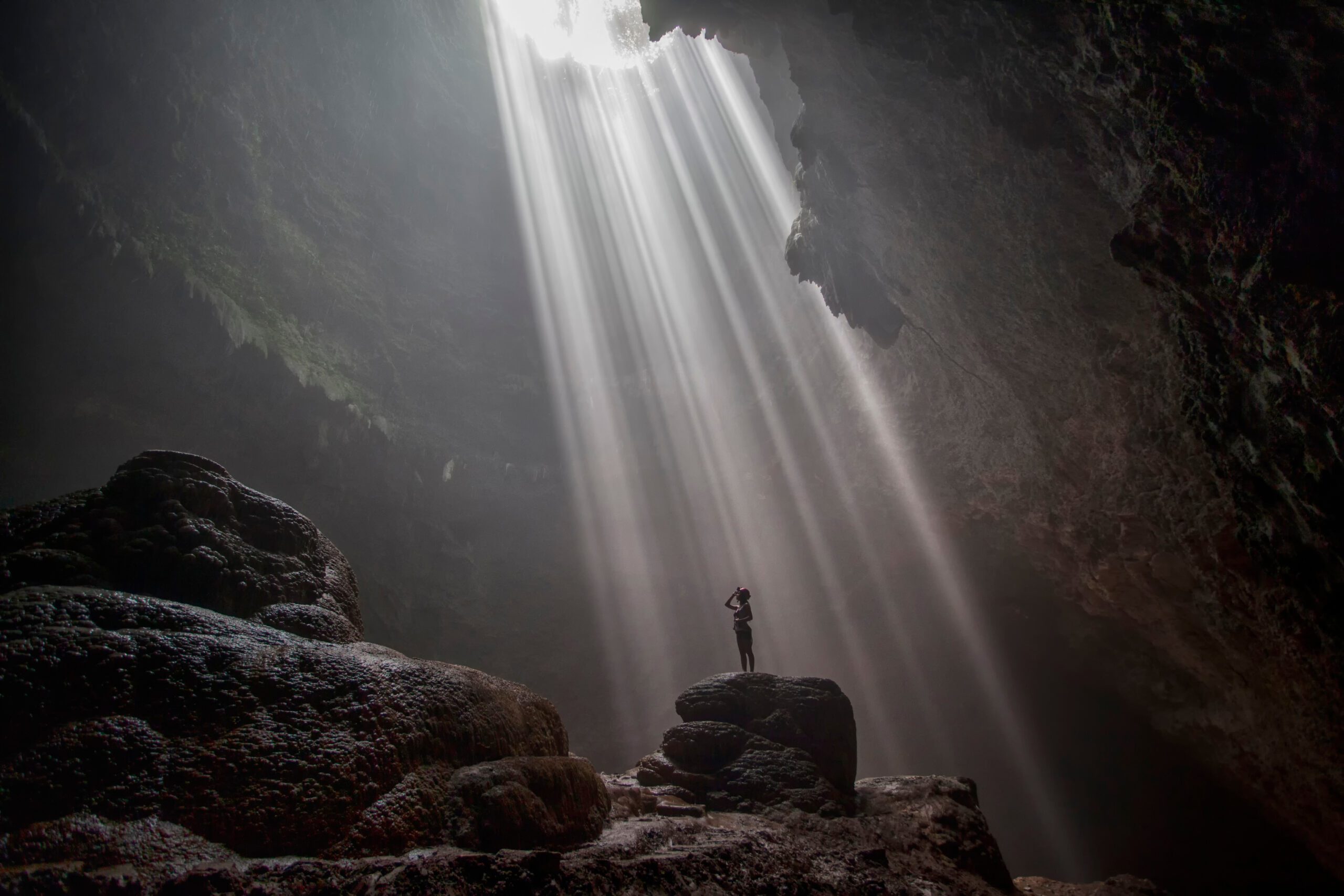
Deep beneath the earth’s surface, about an hour’s drive from Yogyakarta, lies Goa Jomblang, a vertical cave famous for what locals call the “Cahaya Surga” or “Heavenly Light.” Around midday, a single beam of sunlight pierces through the cave’s opening, illuminating the underground chamber in an otherworldly glow.
For photographers, this is a once-in-a-lifetime shot. The contrast between the dark cave walls and the divine shaft of light creates an atmosphere straight out of a fantasy movie. Adventurers who descend into the cave are rewarded not only with the view but also with the thrill of experiencing one of nature’s most dramatic light shows.
Photography tip: Time your visit around 11 a.m.–1 p.m. when the sun is directly overhead. Use a tripod to balance the low-light conditions inside the cave, and position subjects within the beam of light for stunning silhouette effects.
Final Thoughts: Yogyakarta Through the Lens
What makes Yogyakarta special isn’t just its individual landmarks but the diversity of photographic experiences it offers. In one trip, you can capture UNESCO temples bathed in sunrise, vibrant street life in Malioboro, volcanic landscapes around Merapi, serene courtyards of historic mosques, and surreal beams of light deep underground. Few destinations combine history, culture, and nature in such a photogenic way.
For photographers, Yogyakarta is more than just a city—it’s a canvas. Every corner tells a story, every ray of light offers a new perspective. Whether you’re curating your Instagram feed, building a travel portfolio, or simply collecting memories, Yogyakarta ensures that your shots will be as memorable as the journey itself.


